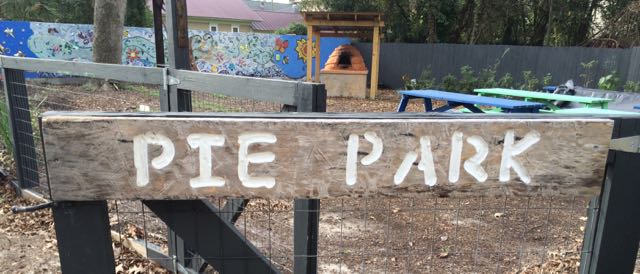
The highway overpass that funnels vacationers like me toward the high-end shops and million-dollar mansions of downtown Charleston, South Carolina, soars a hundred feet above a very different kind of neighborhood, a part of the city known as the Upper Peninsula. The homes here are small, interspersed among warehouses and union halls, and lived in primarily by low-income, African-American Charlestonians. With three thousand residents spread across 800 acres, the streets have a worn, slightly abandoned feel.
This is a part of Charleston that’s expected to change dramatically in the next five or ten years. As people and businesses are crowded or priced out of other parts of Charleston, the Upper Peninsula will, it’s hoped, get the spillover. Already new restaurants are being built and businesses are moving in. It’s the city’s wild frontier, and as Rachel Parris, director of development and community relations for the placemaking nonprofit Enough Pie (because they believe “there’s enough pie to go around” for everyone in Charleston), explains, “Right now we’re looking to mold that growth and shape it in a way that’s really inclusive. That’s where creative placemaking and community engagement come in.”